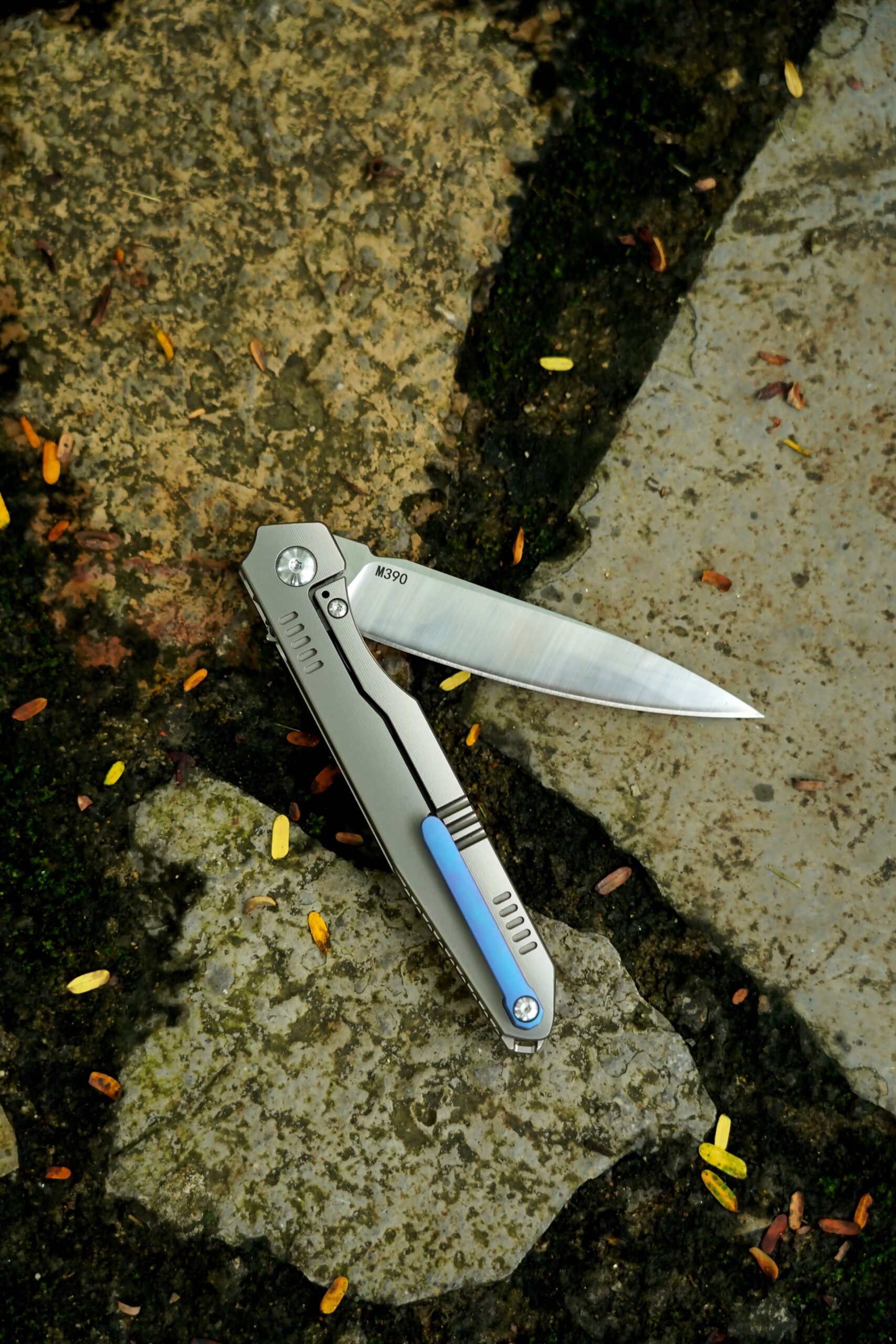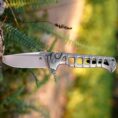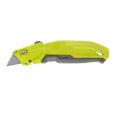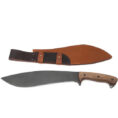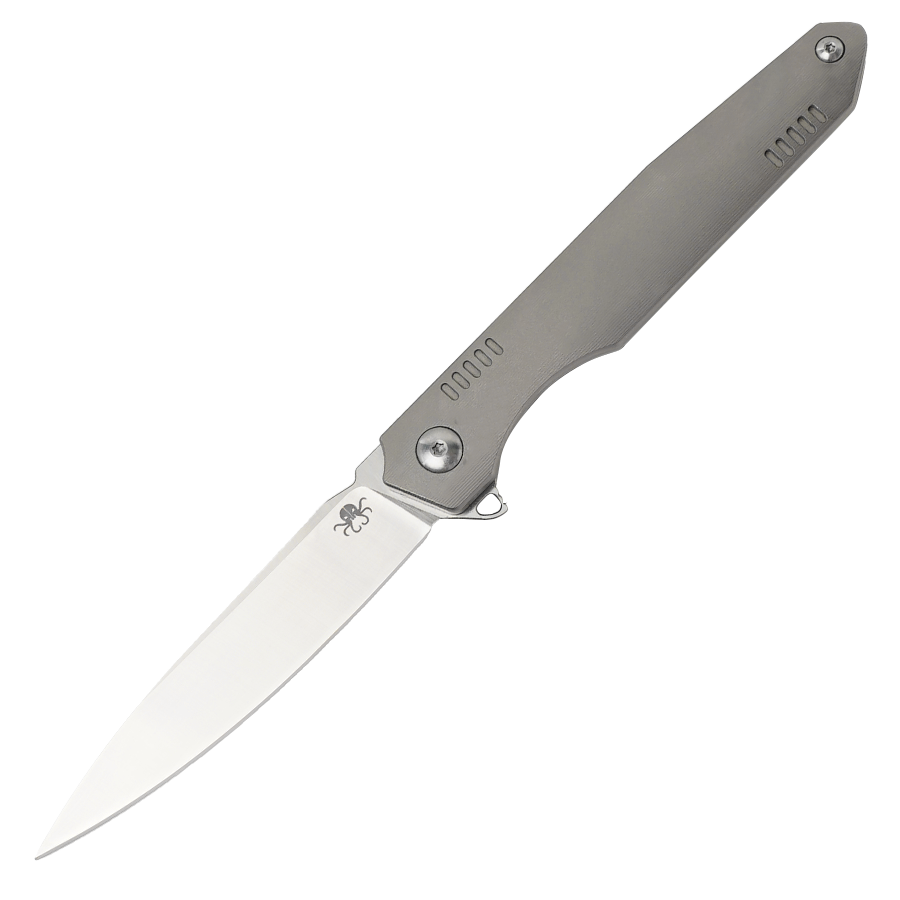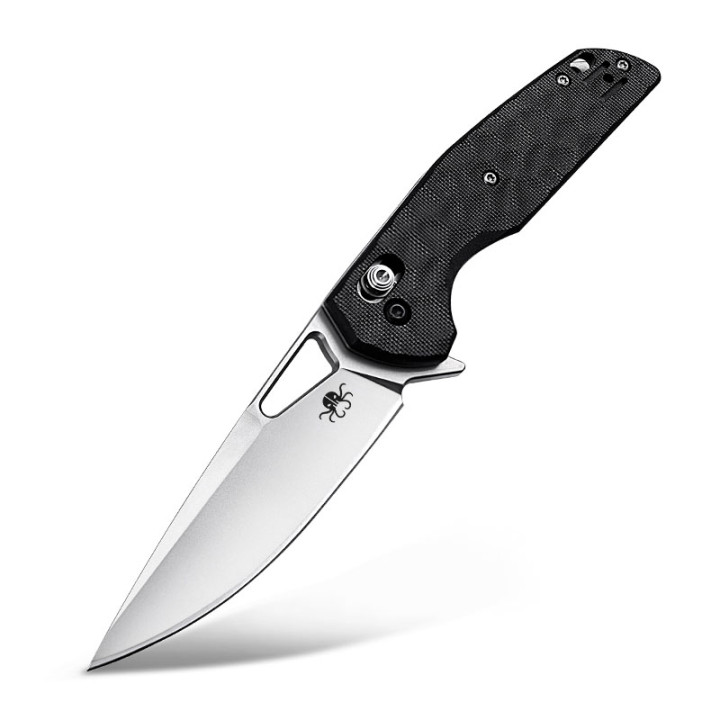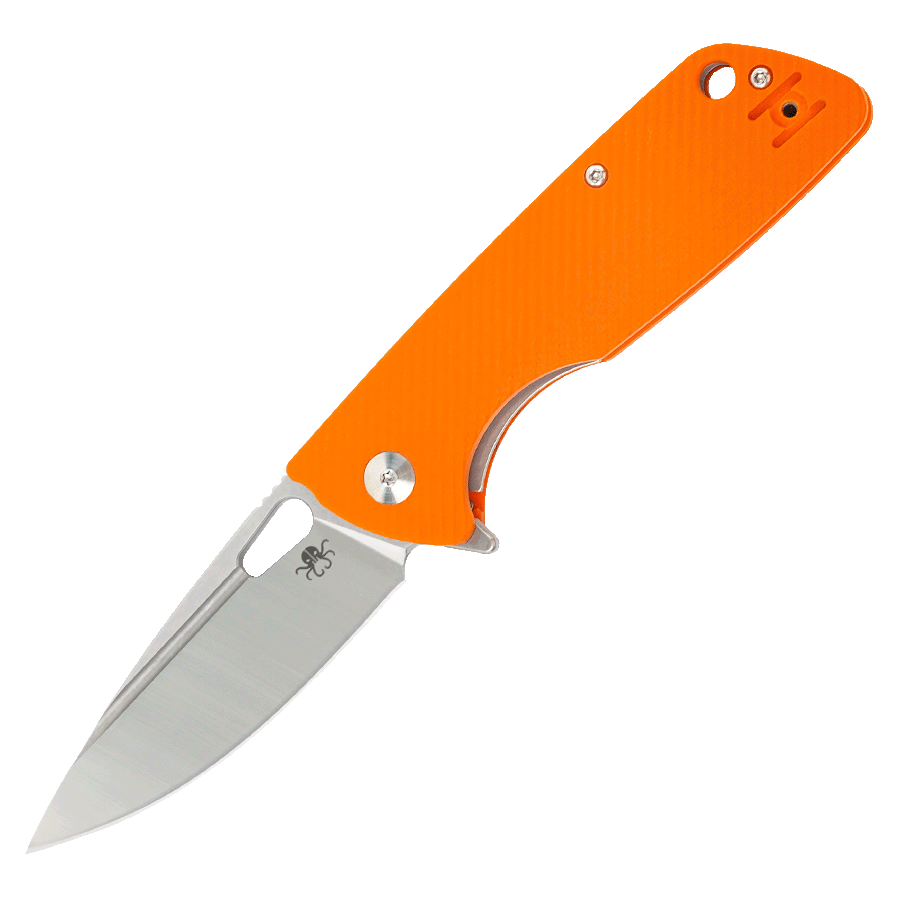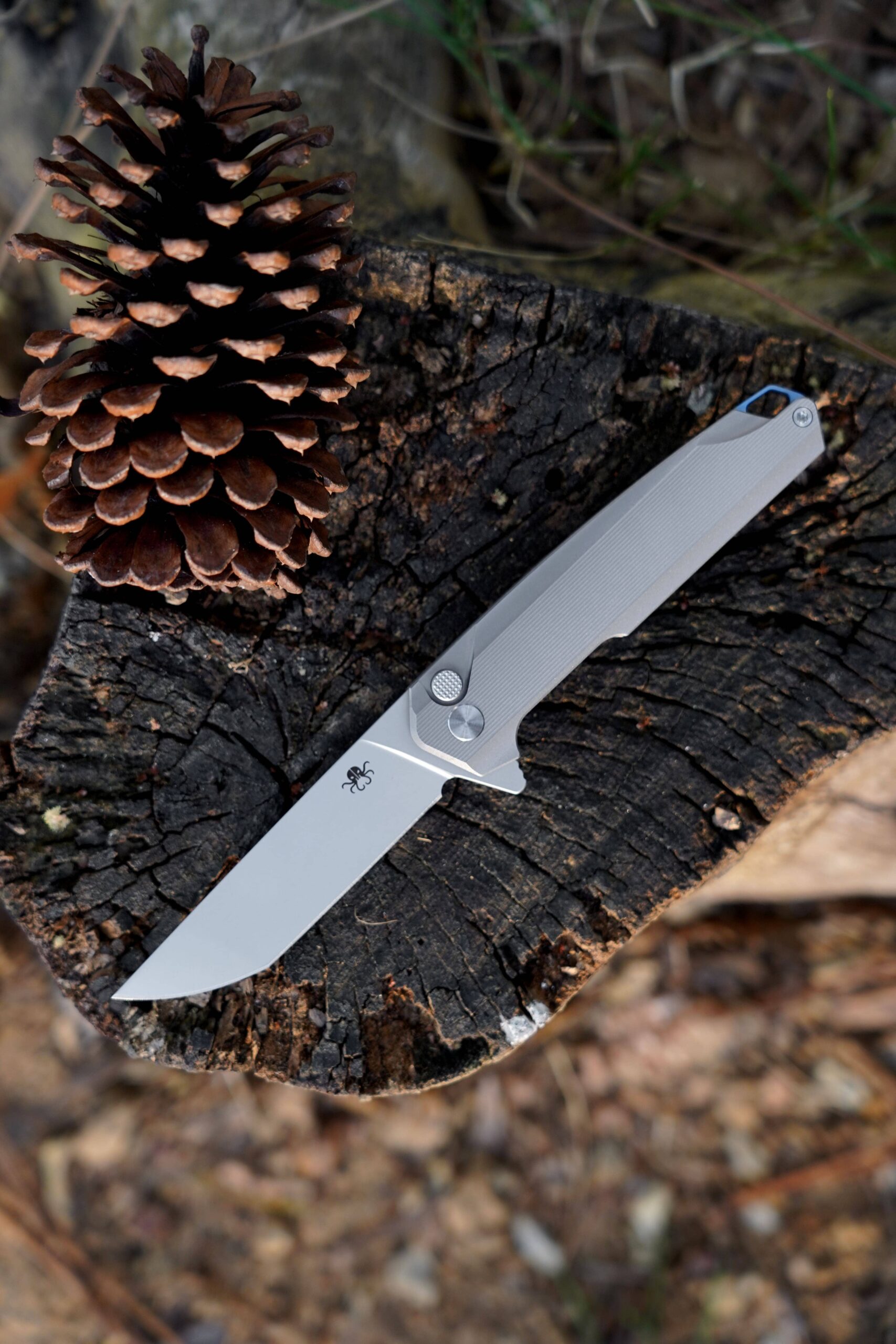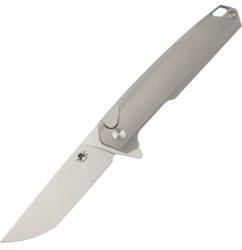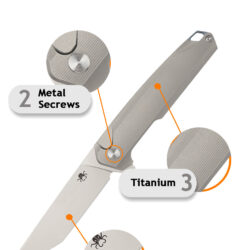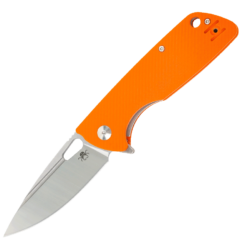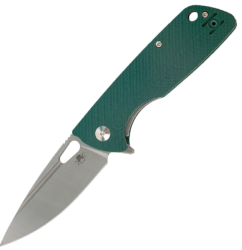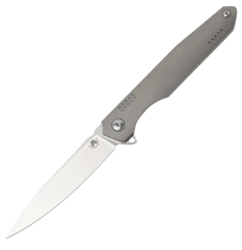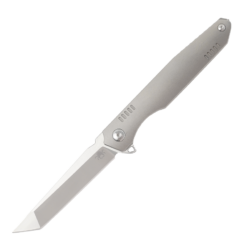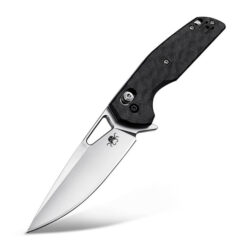About Mastering the Basics and Knives in Action

Knives are among humanity's oldest tools, and their evolution reflects the progress of civilization. From primitive stone blades to modern, high-performance steels, the journey of the knife has been remarkable. Whether you are a chef, an outdoor enthusiast, or someone with a keen interest in tools, understanding the basics of knives and their practical applications is essential. This article delves into mastering the fundamentals of knives and exploring their diverse actions across different contexts.

Chapter 1: The Anatomy of a Knife
To truly understand knives, it is important to start with their anatomy. Every component of a knife serves a specific function, contributing to its overall performance. Below are the key parts:
Blade: The blade is the most critical part, responsible for cutting, slicing, or chopping. It includes several subcomponents:
Edge: The sharpened part of the blade that performs cutting tasks.
Spine: The thicker, unsharpened edge of the blade that adds strength.
Tip: The point of the blade, used for precision tasks.
Tang: The part of the blade that extends into the handle. Full tang designs are valued for their durability.
Handle: The handle provides grip and control. It can be made of various materials, including wood, G10, micarta, or plastic.
Bolster: Found on certain knives, the bolster adds balance and provides a safe area between the blade and handle.
Pommel: The end of the handle, often used for balance or as a striking tool in tactical knives.
Choil: A small, unsharpened area at the base of the blade that aids in precision work.
Understanding these components helps in selecting the right knife for specific tasks.

Chapter 2: Materials Matter
The performance of a knife largely depends on the materials used in its construction. Here are the most common materials for blades and handles:
Blade Materials:
Carbon Steel: Known for its sharpness and ease of sharpening, carbon steel blades require proper care to prevent rust.
Stainless Steel: Resistant to corrosion, stainless steel is ideal for wet or humid environments.
Tool Steel: Extremely tough and wear-resistant, tool steel is often used in industrial knives.
Damascus Steel: Valued for its unique patterns and excellent cutting properties.
Handle Materials:
Wood: Offers a traditional look and excellent grip, though it requires maintenance.
G10: A high-pressure fiberglass laminate that is lightweight, durable, and resistant to moisture.
Micarta: A composite material made of resin and cloth, known for its durability and aesthetic appeal.
Rubber or Plastic: Affordable and easy to maintain, often used in budget-friendly knives.
Choosing the right materials ensures optimal performance and longevity.

Chapter 3: Types of Knives
Knives come in various shapes and sizes, each designed for specific purposes. Below are some common categories:
Kitchen Knives:
Chef’s Knife: A versatile tool for chopping, slicing, and dicing.
Paring Knife: Ideal for precision tasks like peeling and trimming.
Santoku Knife: A Japanese all-purpose knife, excellent for fine chopping.
Bread Knife: Features a serrated edge for cutting through crusty bread.
Outdoor Knives:
Survival Knives: Designed for bushcraft and emergency use.
Hunting Knives: Specialized for skinning and processing game.
Camping Knives: Multipurpose tools for outdoor activities.
Tactical Knives:
Folding Knives: Compact and easy to carry, suitable for everyday use.
Fixed-Blade Knives: Known for their strength and reliability.
Utility Knives:
Box cutters, multi-tools, and other specialized knives fall under this category.
Selecting the right knife ensures efficiency and safety.
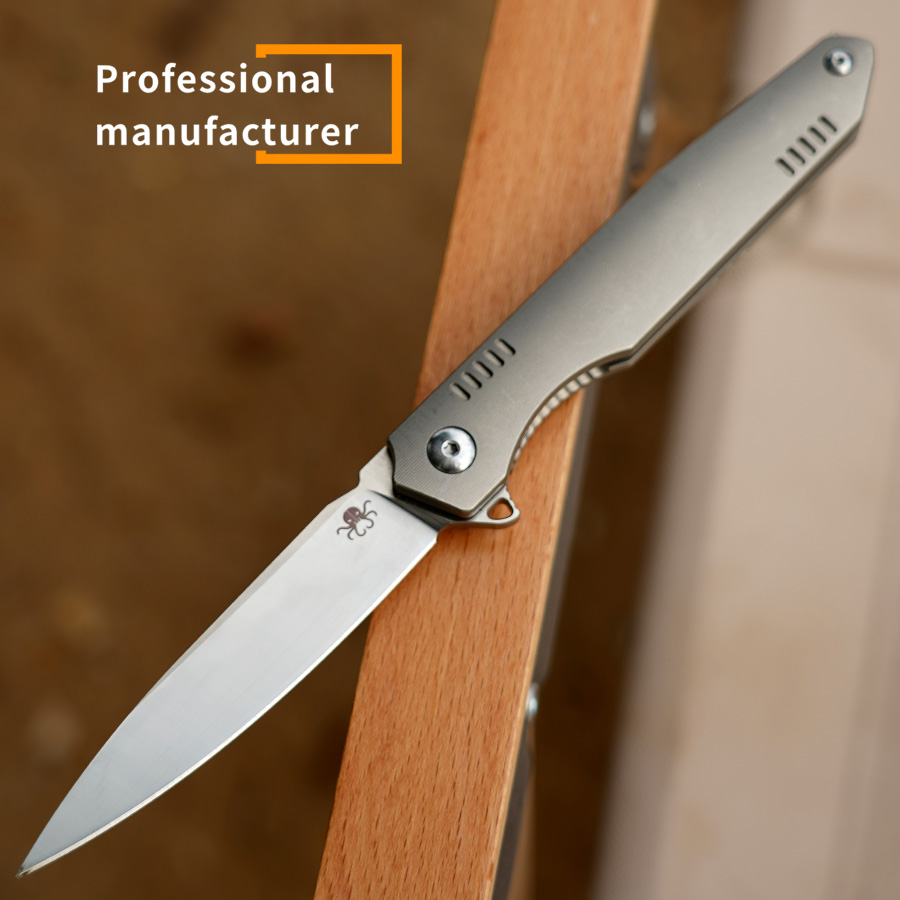
Chapter 4: Sharpening and Maintenance
A dull knife is not only ineffective but also dangerous. Mastering the art of sharpening and maintaining a knife is crucial for its longevity.
Sharpening Tools:
Whetstones: Provide precise sharpening and allow control over the angle.
Honing Rods: Used for maintaining the edge between sharpening sessions.
Electric Sharpeners: Convenient but may not offer the same precision as manual methods.
Strop: Used for polishing the edge to achieve razor-sharpness.
Steps to Sharpen a Knife:
Determine the correct angle (usually 15-20 degrees).
Use consistent pressure while moving the blade across the sharpening surface.
Alternate sides to maintain symmetry.
Finish with a strop for a polished edge.
Maintenance Tips:
Clean knives after each use to prevent rust and residue buildup.
Store knives in a safe place, such as a magnetic strip or knife block.
Avoid using knives on hard surfaces like glass or stone to protect the edge.
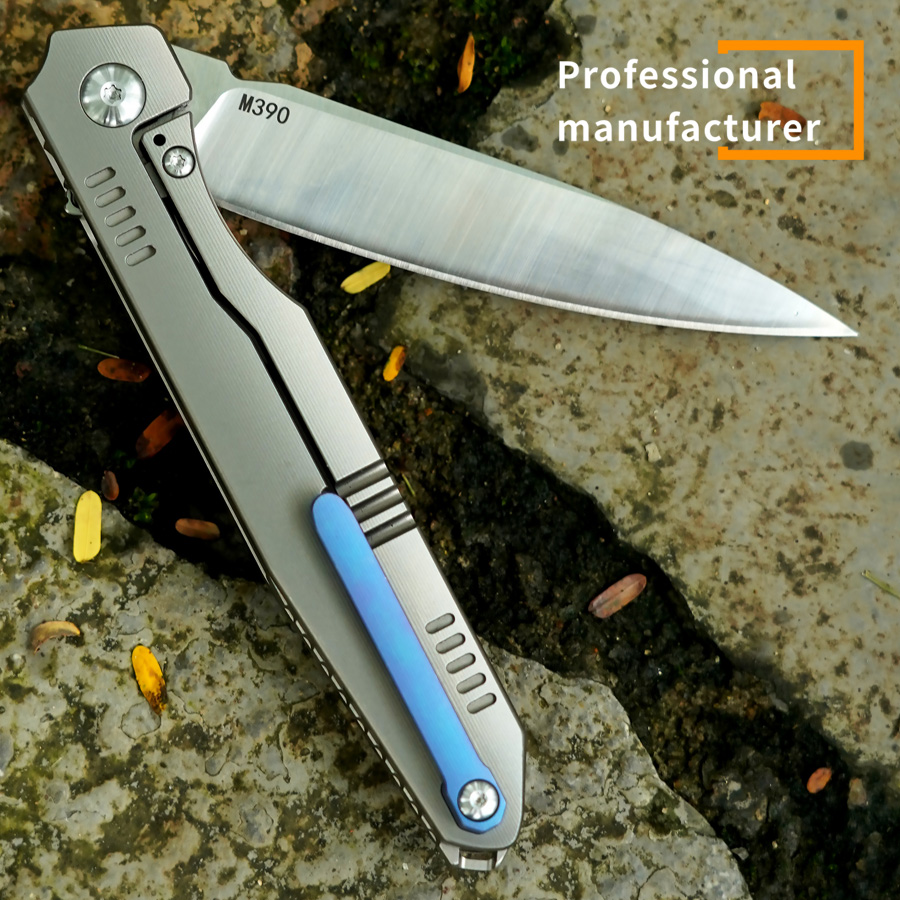
Chapter 5: Knives in Action
Knives are indispensable in many areas of life. Here are some examples of their practical applications:
1. Culinary Arts:
In the kitchen, knives are the most essential tools. From dicing onions to filleting fish, a sharp and well-maintained knife enhances efficiency and precision. Techniques like julienning, chiffonading, and deboning require skill and the right blade.
2. Outdoor Adventures:
Survivalists and campers rely on knives for tasks like building shelters, starting fires, and preparing food. A good survival knife can be the difference between life and death in extreme conditions.
3. Tactical and Self-Defense:
Tactical knives are used by military personnel, law enforcement, and outdoor enthusiasts. Designed for versatility, they can be employed in self-defense, emergency rescues, or as utility tools.
4. Art and Craft:
Knives play a key role in woodworking, leather crafting, and other creative endeavors. Precision blades like X-Acto knives allow artists to execute intricate designs.
5. Everyday Use:
From opening packages to DIY home repairs, a reliable pocket knife is a practical everyday tool.
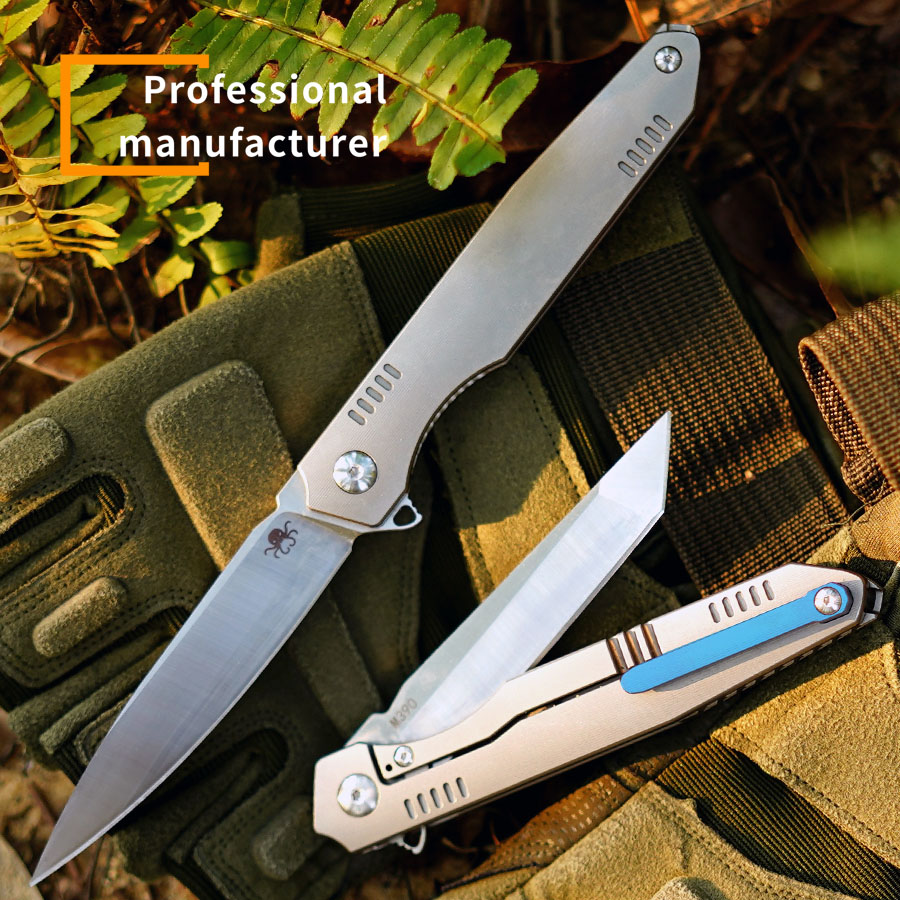
Chapter 6: Legal and Safety Considerations
Using and owning knives comes with legal and safety responsibilities. Understanding the laws in your region is crucial, as restrictions vary widely.
Legal Guidelines:
Check local regulations regarding blade length and types of knives allowed.
Avoid carrying knives in restricted areas like airports and schools.
Safety Tips:
Always cut away from your body.
Use the right knife for the task to minimize accidents.
Keep knives out of reach of children.
Invest in protective sheaths for storage.

Chapter 7: Choosing the Right Knife
Selecting the ideal knife depends on the intended use. Here are some factors to consider:
Purpose: Identify the primary tasks you will perform.
Blade Material: Match the material to the environment and usage frequency.
Ergonomics: Choose a handle that feels comfortable and secure.
Budget: High-quality knives are an investment but often worth the cost.

Chapter 8: Mastering Knife Skills
Knife skills are essential for efficiency and safety. Key techniques include:
Grip: Use a firm yet relaxed grip for control.
Chopping: Master the rocking motion for consistent cuts.
Slicing: Use long, smooth motions for even slices.
Peeling: Hold the blade at a shallow angle for precision.
Practicing regularly will improve your confidence and ability.

Conclusion
Mastering the basics of knives and understanding their actions across various domains enriches your appreciation for these versatile tools. Whether you're slicing vegetables, crafting wood, or exploring the wilderness, a reliable knife is an invaluable companion. Invest time in learning, practicing, and maintaining your knives to unlock their full potential and ensure safe usage. The journey into the world of knives is both practical and rewarding, bridging the gap between ancient traditions and modern innovation.
